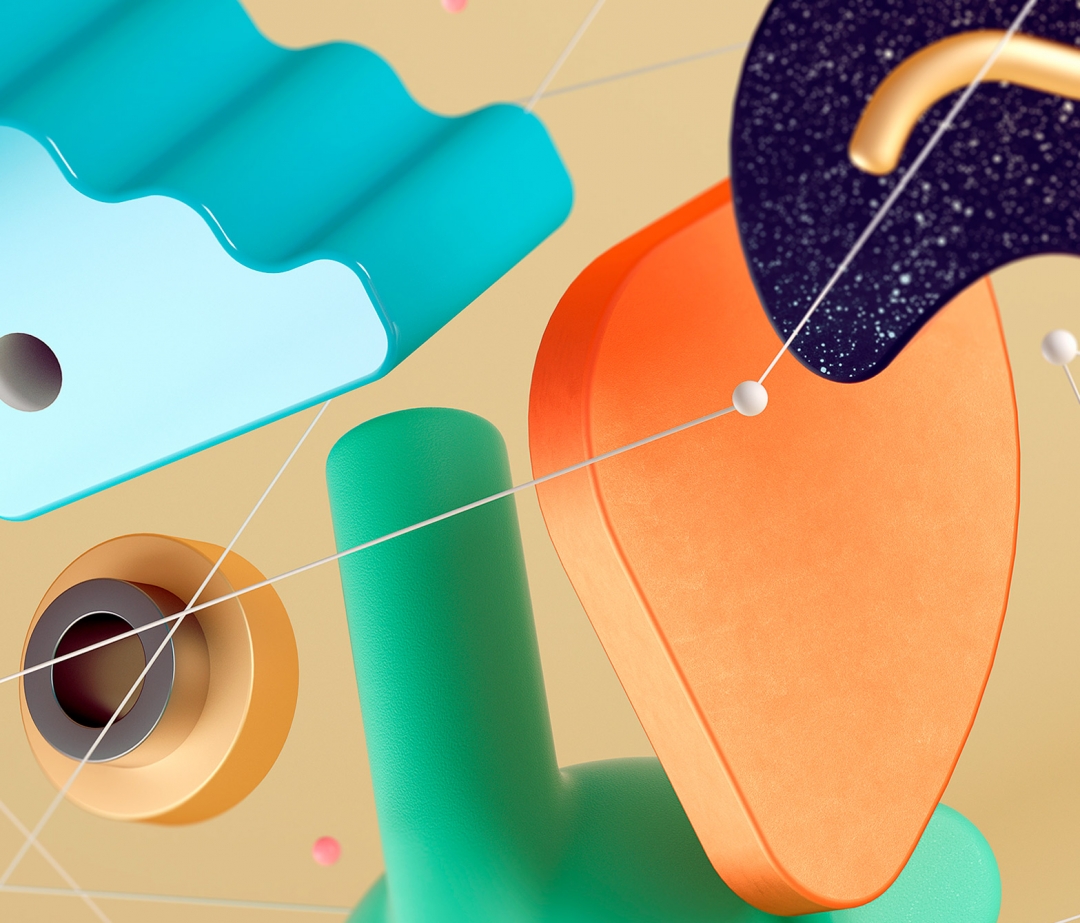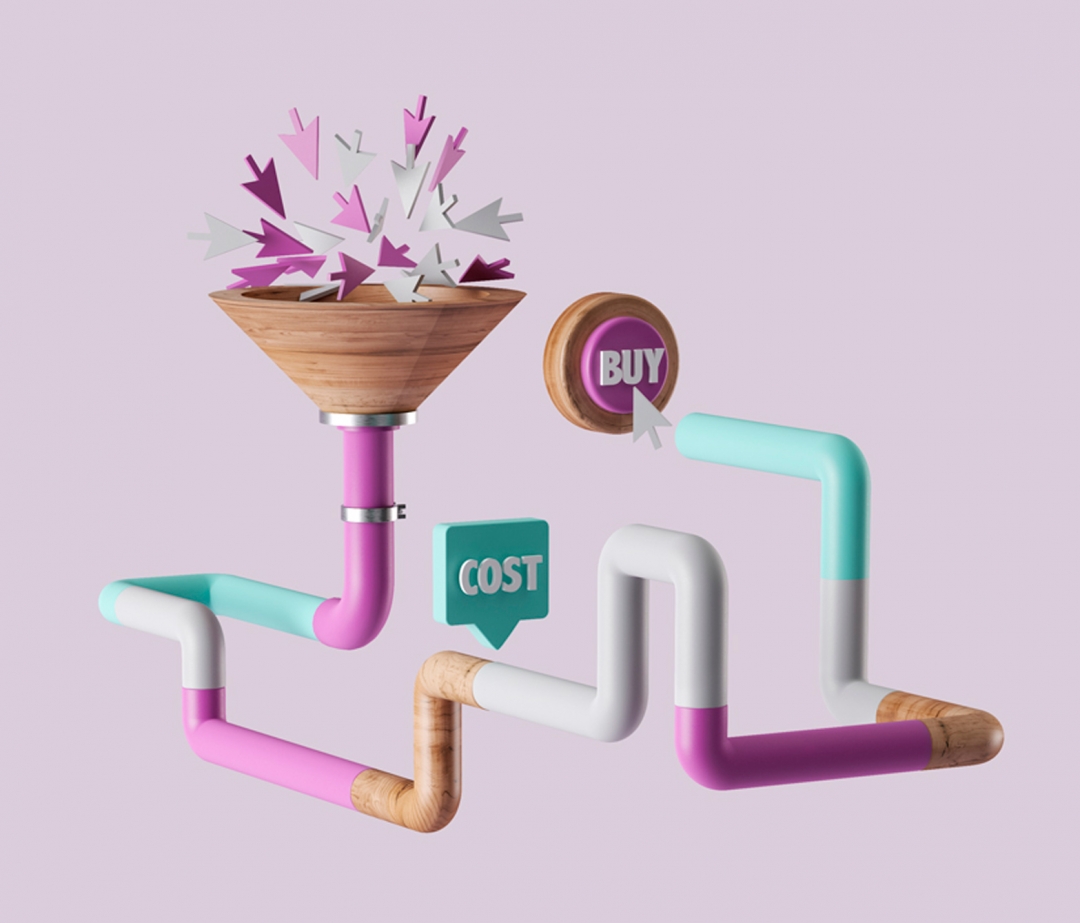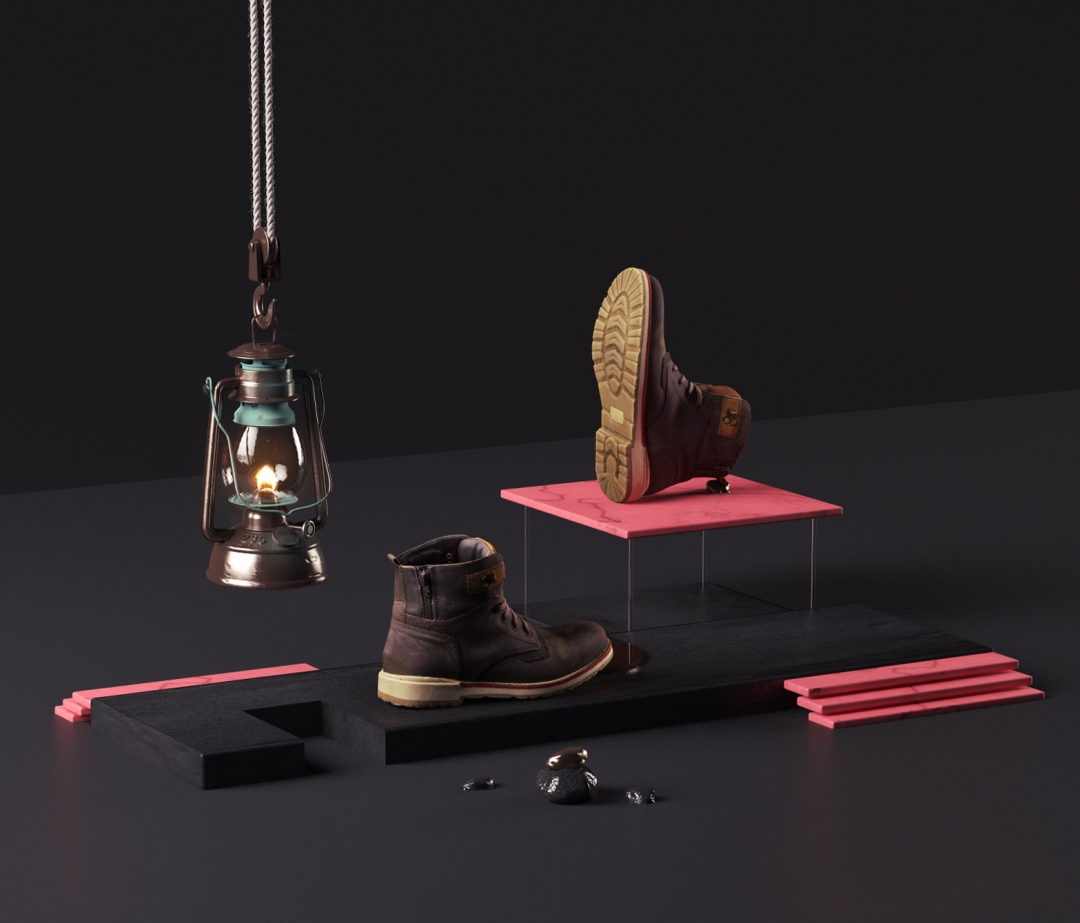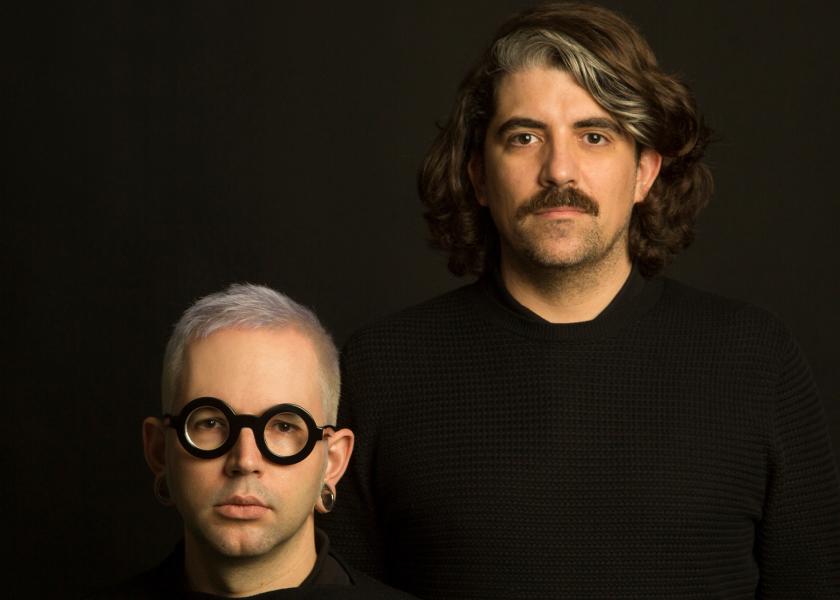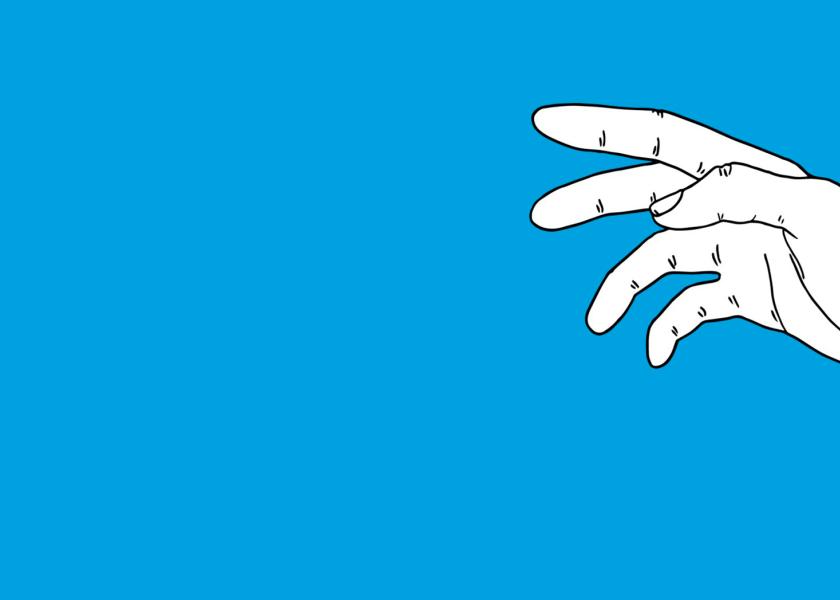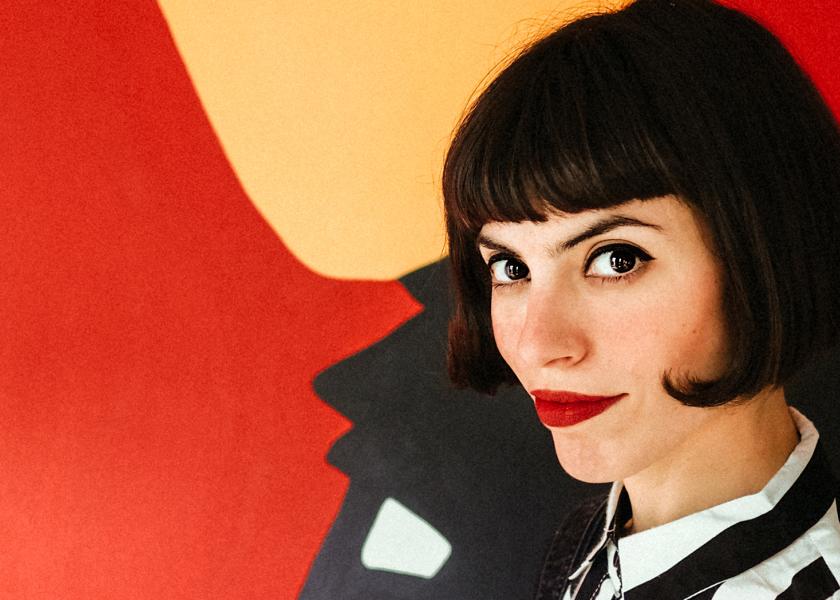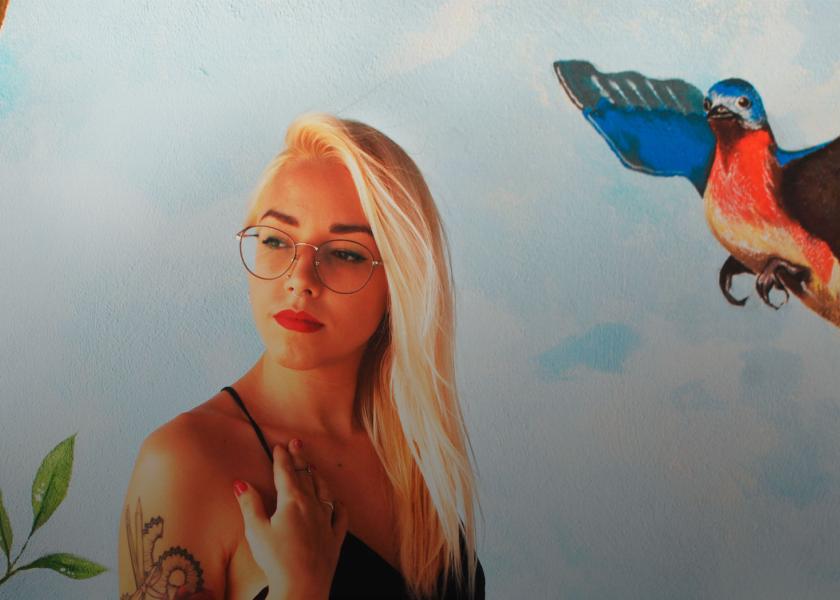Núria Madrid
Life in Three Dimensions
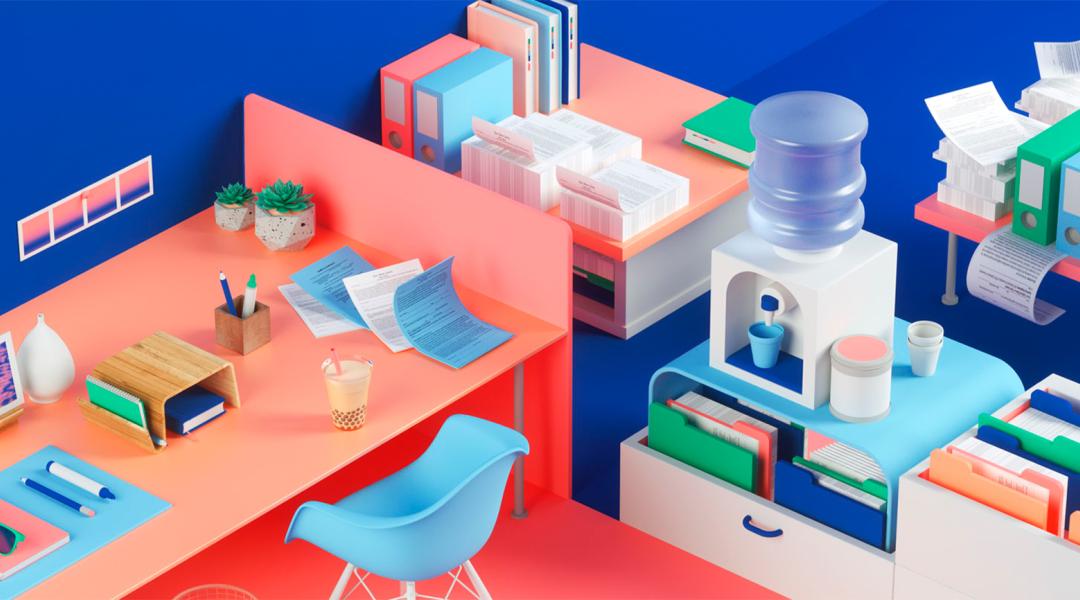
Núria Madrid’s work is an explosion of colours, textures and volumes, a playful display of movements and gears. The Barcelona illustrator gives her pieces personality and character, presenting, she says, complex concepts “in a fun way through illustration”. She defines herself as a designer and her works are indeed packed with design, but also very artful.
Núria Madrid (Barcelona, 1986) studied Audio-visual Production and Advertising and spent five years as an art director in several agencies. They were, in her words, “fun years” during which she learned a lot, until she decided to take a turn and venture out on her own. Almost five years have passed since then and the change has been remarkable: she left behind the hours of meetings and campaigns to focus her creativity and talent on working from her luminous studio in Barcelona.
What’s it like to be an illustrator without an artistic background?
I have no artistic background, but I did become interested in art later on. I come from graphic design, where it’s very important to have a good mishmash of references in your head, especially photography, typography, colour and so on. I love the colourful aesthetics of the 90s, but really anything out there inspires me: architecture, product design, and photography. Other artists and digital designers I follow, mainly on Instagram, are a source of inspiration as well.
Inspiration and talent, then.
I guess there is the innate talent and the talent you build. The first is like a gift and the second is more mundane, you have to work on it day by day. Those of us who have no innate talent have no choice but to spend many hours working.
In design and illustration, as in everything, there are fads. How does an illustrator stay true to their style?
I’m a fashion slave [laughs]. I am influenced by trends, but I’m not obsessed with staying true to any style. As a designer you have to adapt, but you can always show your personality through your work. In my case I try to do that through colours.
“As a designer you have to adapt, but you can always show your personality through your work”
Coming from the world of advertising, you have fully entered the field of editorial illustration, an area where you say you feel more comfortable. What is your creative process?
My creative process is trial and error, trial and error. I blame my years in advertising for always going at a slightly accelerated pace; I have no patience and I try to go quickly, although I always plan at the beginning. I have to say I almost never have a lot of time to do things when there’s a customer involved. I start with a mood board with ideas, concepts and some references. Then I go straight to the digital part.
When you made the jump and ventured out on your own, were you aware of the steps to follow?
Not at all. I don’t know how to draw, I’m terrible at it. I never thought I would dedicate myself to illustration! After leaving advertising and starting to work freelance, I continued working for agencies for a couple of years; I had to pay the bills. At the same time, I was trying to enter 3D illustration to see what would happen, and the orders began to come in.
Why editorial illustration?
I guess working for the publishing sector was like a dream job after spending a few intense years in advertising. I love it because it gives you a lot of freedom and the subject matter is always very diverse: science, travel, technology, anything. Every time I receive an article it’s an opportunity to know a little more about a subject that in principle is totally alien to what I do. I like working with concepts, showing complicated processes and making them more fun through illustration. That’s why I also enjoy working with tech companies, apart from the publishing sector.
You have said that your process is completely digital, paperless, but are you always up to date on the use of digital tools? Do you think there is such a thing as “the tyranny of software”?
I have to be! Everything is changing constantly, and you have to improve your skills. The 3D world is huge and there is always something to learn or improve, which is fascinating and somewhat frustrating at the same time. It’s increasingly demanding, and you feel that you’re never up to par. It’s something that can make you feel worse than you actually are, but I also see it as a positive thing, because you’re constantly motivated. It’s a constant challenge to try to remain relevant when there are so many people doing the same as you with the same tools.
“There are very talented people doing amazing things all over the world and I wouldn’t want to miss it”
In a profession where these tools evolve rapidly, has the ability to share your work on the internet been a positive thing?
It’s been key. There is a large community on the internet that provides you with constant feedback, where you can see what others do and learn a lot. Sharing my work meant a big change for me, although at first it was a bit scary. Other designers or artists say they prefer not to see what others do so as not to be influenced by them. There are very talented people doing amazing things all over the world and I wouldn’t want to miss it.
You usually work with publications and brands of all kinds. How do they reach you? Can Núria Madrid work for her clients with total freedom?
They usually come to me on the recommendation of another client, or because they’ve seen my work. Can I work with total freedom? When I do personal projects, I can, but I consider myself a designer, not an artist. So I have enough freedom, but I also have a brief to follow.
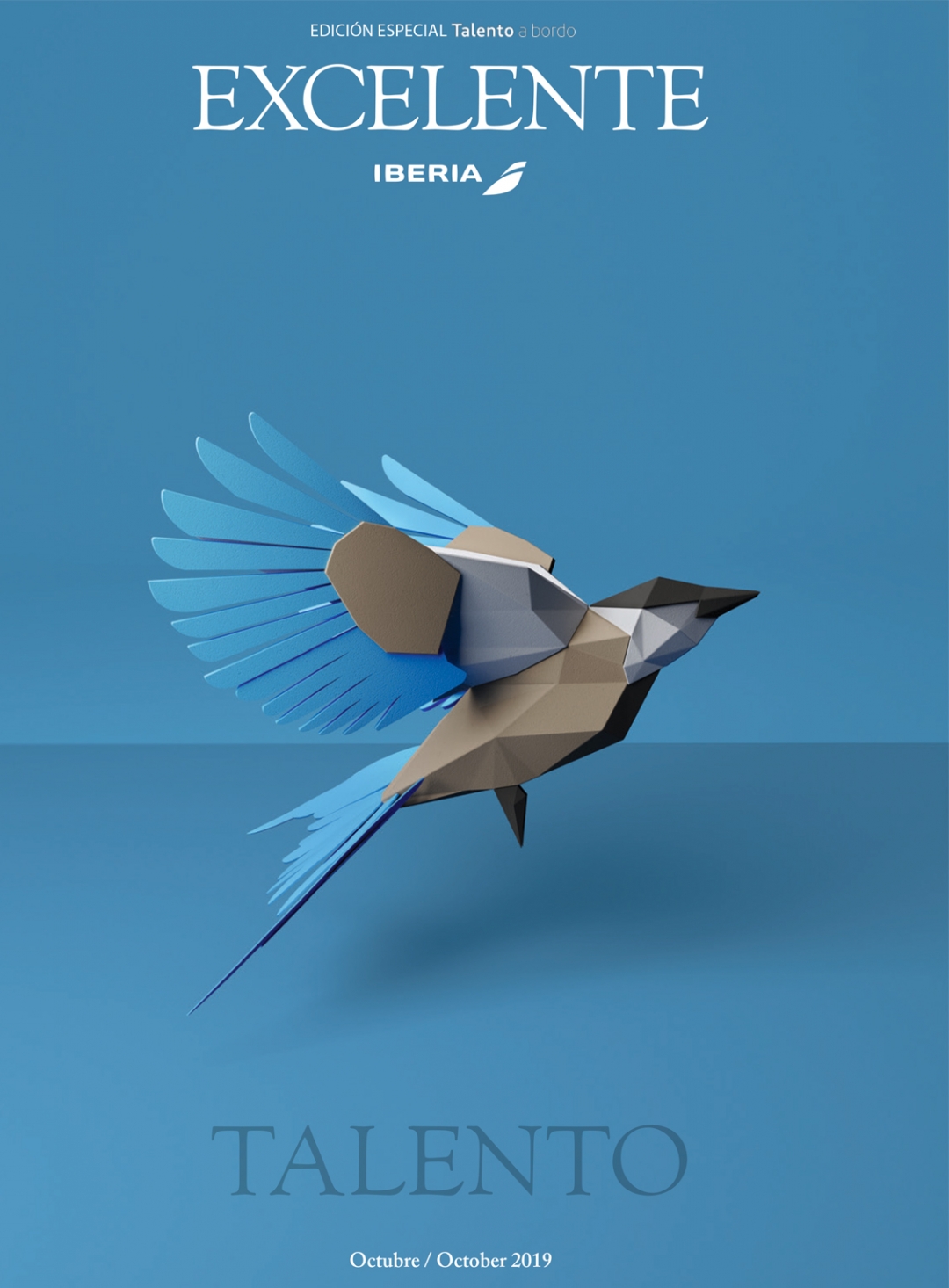
Núria Madrid has illustrated the cover of the October issue of ‘Excelente’ magazine by Iberia. © Iberia
